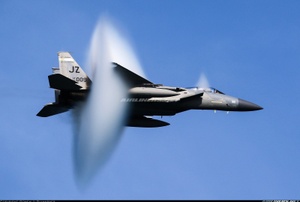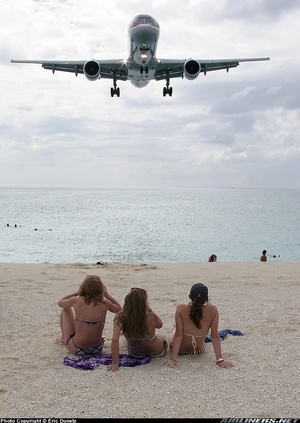Rockwell Sabreliner
Details
Country of Origin
United States of America
Type
Mid size corporate jet
History
The Sabreliner was successfully developed for both military and civil use.
North American Aviation began work on the Sabreliner as a private venture but it was formally launched in August 1956 in response to the US Air Force's UTX (Utility Trainer Experimental) requirement for a utility jet aircraft capable of performing transport and combat readiness training missions. A civil configured prototype (designated NA264) flew for the first time on September 16 1958 powered by General Electric YJ85 turbojets. Soon after the US Air Force ordered the Sabreliner into production, and it and the US Navy went on to order several Pratt & Whitney JT12 turbojet powered versions, including the T39A pilot proficiency and support transport and the T39B/D radar trainer.
The first civil aircraft, the NA265-40, was equivalent to the T39A and was certificated in April 1963. The Series 40 followed from June 1966 and featured a higher cruising speed and greater internal cabin space. The Series 60 was stretched by 97cm (3ft 2in) and is identifiable by its five, rather than three, cabin windows per side. The Series 60A introduced aerodynamic changes over the 60. The Sabreliner 75 meanwhile is based on the 60 and 60A, but has a deeper fuselage with greater headroom.
Turbofan power was introduced to the Sabreliner family in 1973 (by which time North American had become part of Rockwell International) with the introduction of the General Electric CF700 turbofan powered 75A. The 75A also introduced aerodynamic, cabin, equipment and systems improvements. The Series 65A meanwhile is similar to the 60A and 75 but is powered by Garrett AiResearch TFE73131D turbofans. It was delivered from December 1979. Sabreliner production ceased in 1981.
Powerplants
40 - Two 14.7kN (3300lb) Pratt & Whitney JT12A8 turbojets. 75A - Two 20.2kN (4500lb) General Electric CF7002D2 turbofans.
Performance
40 - Max cruising speed 810km/h (440kt), economical cruising speed 743km/h (400kt). Max rate of climb 4700ft/min. Service ceiling 45,000ft. Range with max fuel, four pax and reserves 3240km (1750nm). 75A - Max cruising speed 906km/h (490kt), economical cruising speed 772km/h (417kt). Service ceiling 45,000ft. Max range with max fuel, four pax and reserves 3174km (1713nm).
Weights
40 - Empty equipped 5102kg (11,250lb), max takeoff 9150kg (20,172lb). 75A - Empty equipped 5990kg (13,200lb), max takeoff 10,435kg (23,000lb).
Dimensions
40 - Wing span 13.61m (44ft 8in), length 14.30m (46ft 11in), height 4.88m (16ft 0in). Wing area 31.8m2 (342.1sq ft). 75A - Wing span 13.61m (44ft 8in), length 14.38m (47ft 2in), height 5.26m (17ft 3in). Wing area 31.8m2 (342.1sq ft).
Capacity
Flightcrew of two. Main cabin seats up to 10 in high density layout. Various other seating arrangements possible.
Production
Over 600 civil Sabreliners built, plus 200 T39s. Over 380 remained in use in late 1998 (including 36 T-39s in civil use).
Related Links
Rockwell Sabreliner
The backbone of this section is from the The
International Directory of Civil Aircraft by Gerard Frawley
and used with permission. To get your own copy of the book
click here.


















